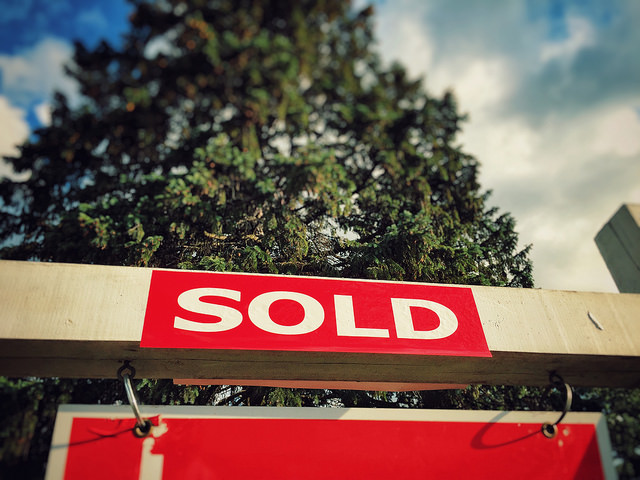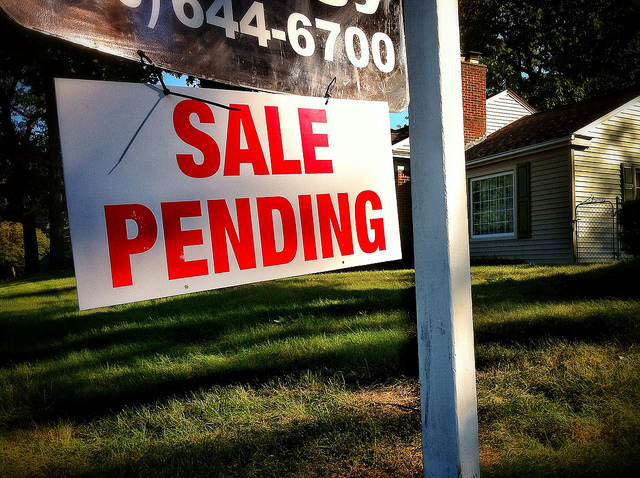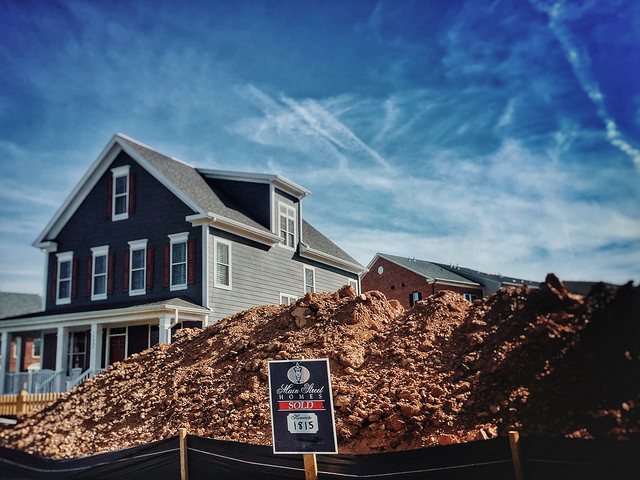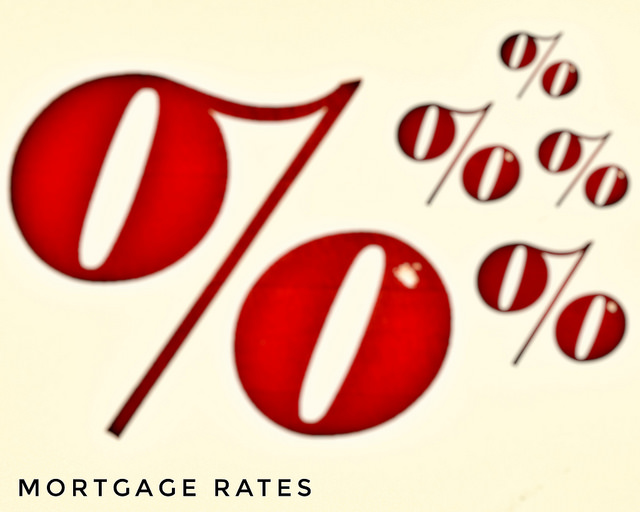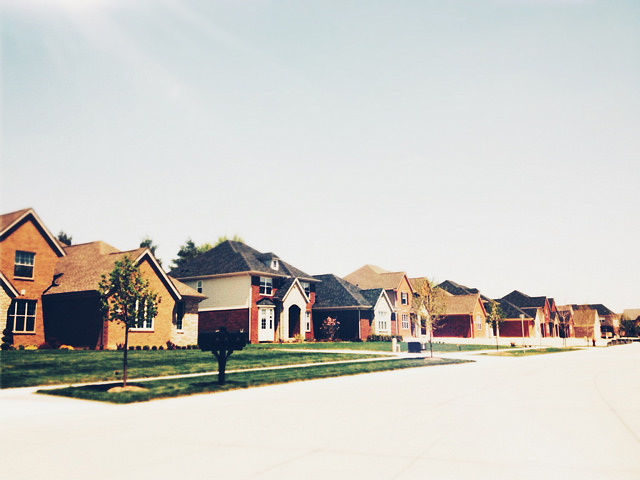If you had any doubt that home buyers are active this summer and looking to buy, some new numbers should help put that notion to rest. New research shows that the number of showings – which refers to a professionally arranged tour of a home for sale – are up 10.3 percent nationally over the same time last year. Regionally speaking, the Northeast saw the largest jump, with a 15.2 percent increase as of June. However, the Midwest and South also saw double-digit improvements. In fact, only the West saw a slight year-over-year decline. The numbers are a good indication of how much interest there is this summer from potential home buyers. That’s good news for homeowners who are looking to sell their house, as it adds to the growing evidence that, in many markets, there are more buyers than homes for sale. Of course, that also means home buyers that are looking to buy this season should be prepared to move quickly, as good homes aren’t going to stay on the market very long. More here.




